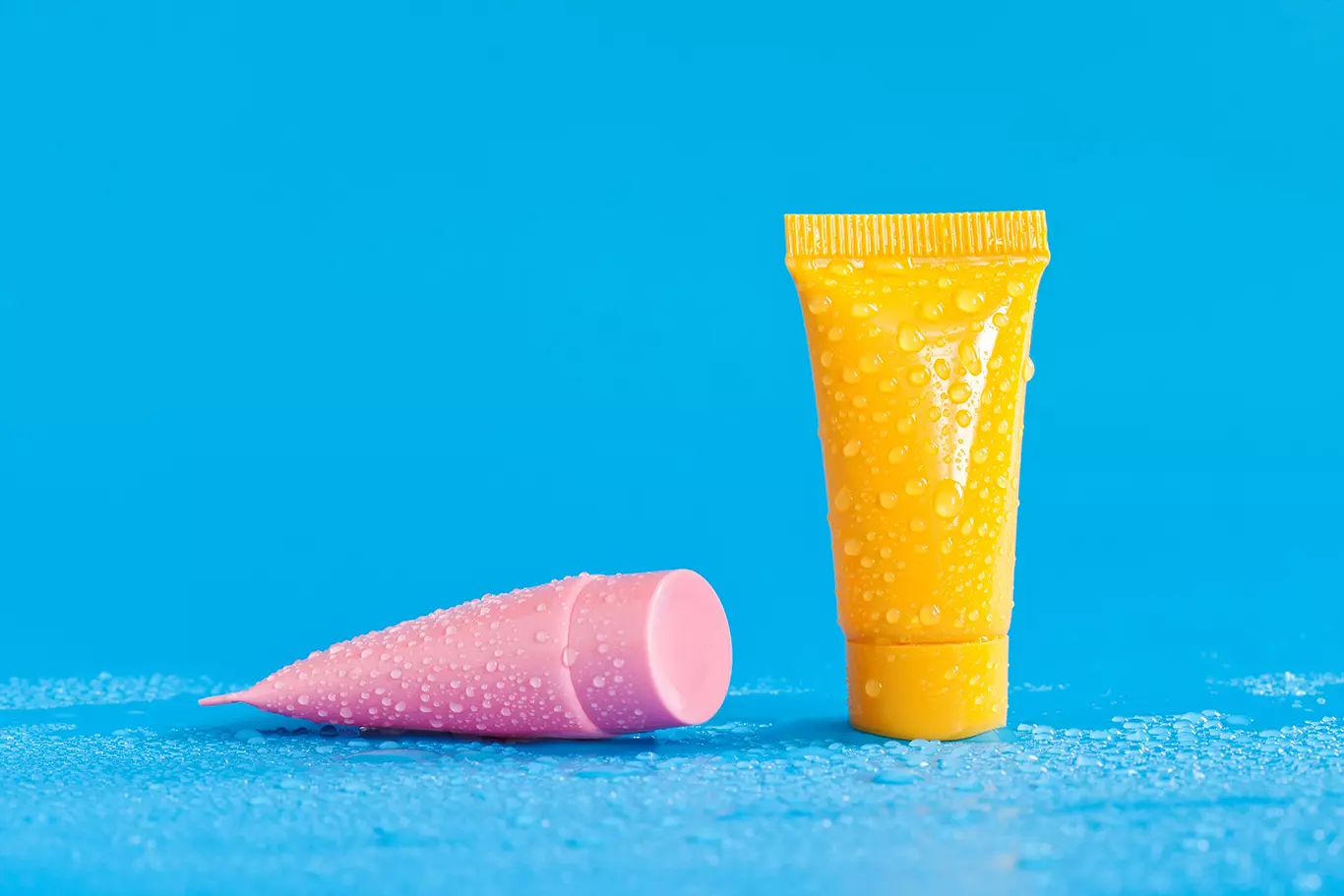3 Simple Steps To Perfect Packaging
When it comes to branding, product packaging plays an integral role by giving each item a personality and exclusive image. A well-designed package helps customers form a positive opinion about a product before trying it out. For this reason, packaging forms part of the marketing mix for both small and large business enterprises. It adds an attractive dimension to the brand and its complete range of products.
A good design entices customers to buy the product because it promises quality and value for their money. Many small business owners struggle to develop high quality packaging that tell a compelling story about the product and standard of workmanship. This is particularly true for startups trying to create an aesthetically appealing and effective packaging for their first product.
Some of the key factors that compromise the ability to develop the ideal packaging include budget constraints. Product launch is a crucial step that makes or breaks a product’s market potential. An appropriate design has the capacity to capture the attention of the target audience. This enables the product range to stand out in a competitive marketplace. Fast Moving Consumer Goods (FMCGs) are a good example of items that require elaborate designs that steal the spotlight from the rival products.
Key steps
1. Planning phase
Managing costs is a vital part of the planning and implementation phase. The most attractive design does not have to break the bank. To achieve the objective, there is need for creativity. Simple designs can be more when it comes to product packaging. This provides a practical way to keep the cost-per-unit low without undermining quality standards. Opting for custom boxes can be expensive, especially for small businesses.
It is best to opt for a packaging design that is not only efficient but cost-effective. This can be achieved by using a packaging template that requires a minimal amount of material. Purchasing the materials in bulk helps reduce the overall cost of packaging. Bulk orders are cheaper because the manufacturing process saves ink, other inputs and any additional delivery costs.
2. Formulate and integrate brand story
Small businesses may feel overwhelmed by the visibility of the larger brands, but it is possible to outshine the big name players by thinking outside the box. When done correctly, packaging boosts product sales and the company’s bottom line. It can act as a silent salesperson by telling an engaging story about the quality of the product and reliability of the brand. Consumers can be subconsciously drawn to products that are aesthetically pleasing.
3. Design, development and testing
Choosing a unique design for a business’ products is a surefire way to stand out on the market. The packaging should clearly display a variety of visual elements, including the company logo, product name and other relevant details that makes it easier for customers to make a favorable purchasing decision. The design has the capacity to communicate the brand’s visual identity. In addition, it reflects an entity’s market positioning.
On the other hand, selecting the ideal box ensures secure packaging and easier shipping. This means business owners should look beyond aesthetics and consider factors like shipping and relevance of the design in relation to the target audience, among other factors.
Own branded products with Onoxa
Onoxa offers small business owners like salon owners the opportunity to produce their own private labeled products. The opportunity is undoubtedly a game changer that helps budding business people a chance to boost product visibility through their own branded skin care products. Onoxa makes it easier to compete with established brands by offering high-quality packaging solutions that are affordable.
The entity offers a wider inventory that can be produced in custom designs that reflect a business’ visual identity and gives the product range a personality. The opportunity represents a stress-free solution to build a skin care brand.







